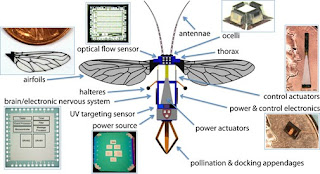What is 3D Printing?
A 3D printer produces a solid object rather than printing onto a 2D sheet like a conventional printer. A 3D printer produces the object from plastic by taking a plastic filament, melting it and squirting it out - similar to a hot glue gun. The head is driven in the x and y directions to form a layer and at the end of each layer the print bed lowers to allow the next one to be laid down on top.
In order to produce your object you simply draw a 3D model using almost any CAD package and then save it as an stereo lithography file (STL file). This file is then converted to g-code to produce layers which will be printed.
There, so many people built 3D printer, and i found a good one 3D printer opensource Project called Rapman made by Bits From Bytes Ltd, UK.
BFB 3000 a fully assembled 3D printer for less than £2000
Award Winning RapMan
The RapMan has recently won the BETT Award for Best Digital Device at the 2010 BETT show - the world's largest Technology Education event. The judges commented "The RapMan allows for the teaching of many different design principles from initial concept to pre-production prototype, and is a fascinating example of design in its own right.”
Thinking to make one like this?
Now, it's possible for you to built a 3D Printer to produces the object from plastic by taking a plastic filament, melting it and squirting it out - similar to a hot glue gun.
The newest Version is 3.1, Download full Build manual here
Source: This Article take from Rapman Website
http://www.bitsfrombytes.com/index.php?option=com_content&view=frontpage&Itemid=1


